

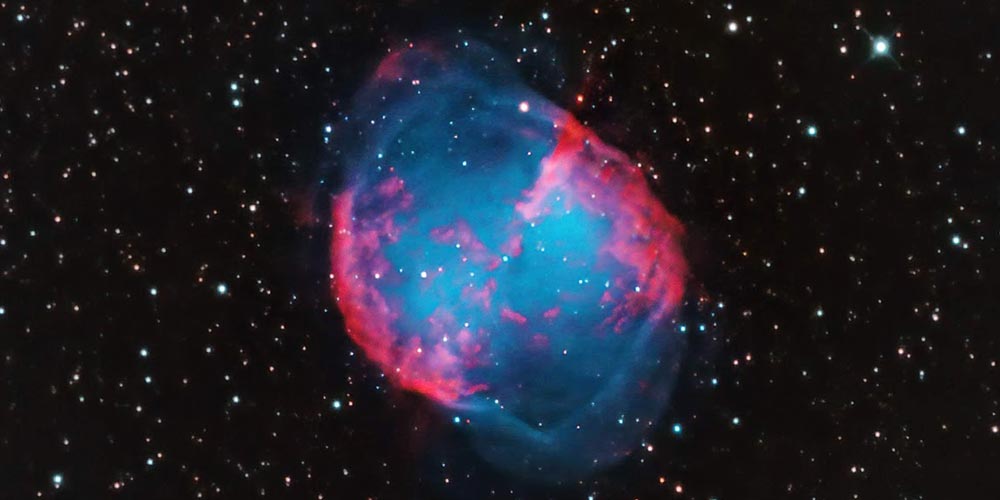
Dumbbell Nebula (M27) Photo by Randy Light, M.D.
Charles Messier (1730-1817), was a skilled astronomer on a quest to search for comets. In an effort to help other astronomers identify objects in the sky that were not comets, Messier started logging the objects, and astronomers today call this work the Messier Catalog.
Messier identified 103 objects by the time of his death in 1817, which was quite an accomplishment considering the simple telescopes he used during that era. Seven more objects were identified after his death and added to the catalog, bringing the total of Messier objects to 110.
The Messier objects have intrigued astronomers for years, and locating them in the night sky or photographing them has become a goal of many professional and amateur astronomers.
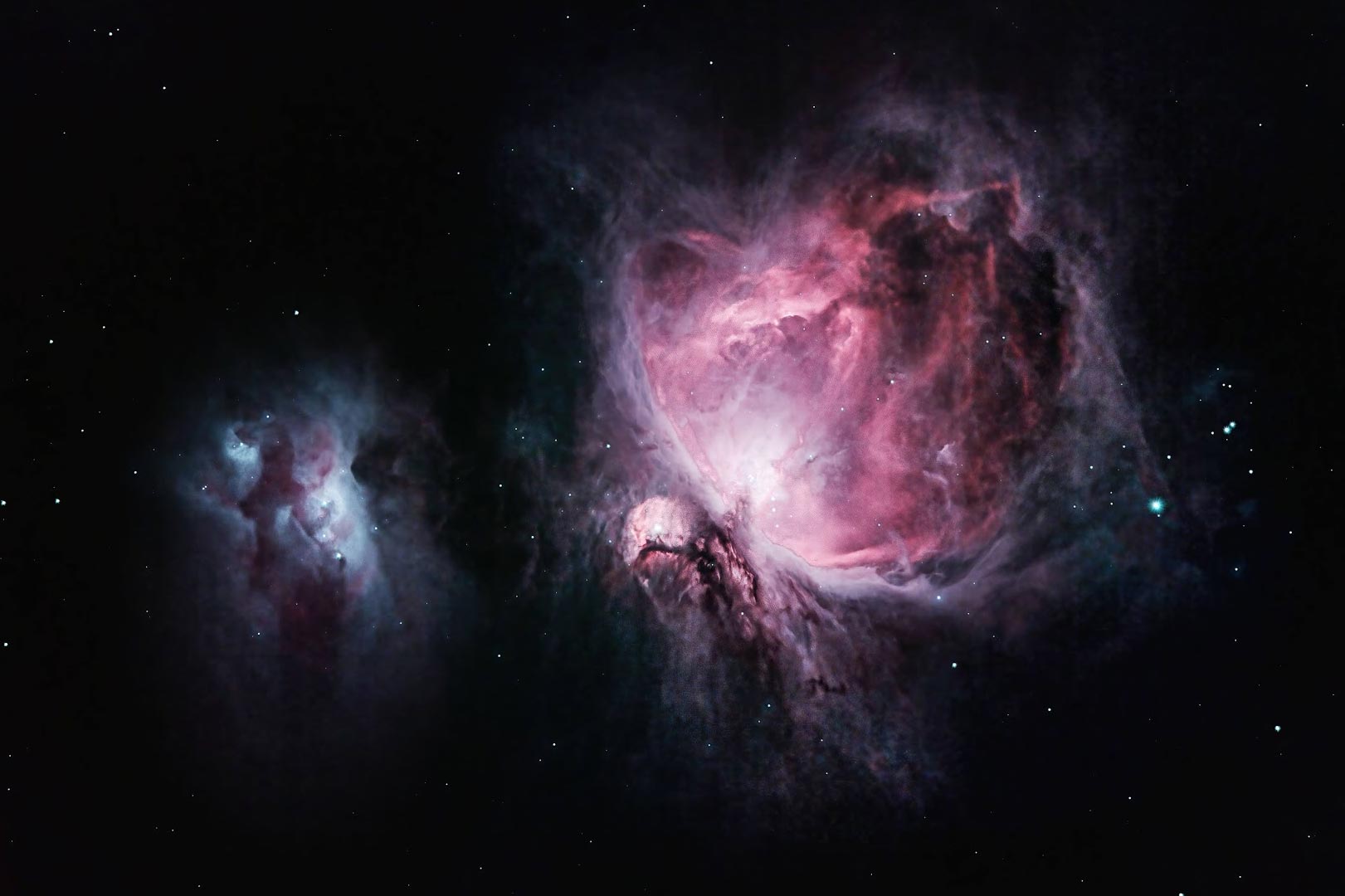
Photo: Orion Nebula (M42) by Randy Light, M.D.
Once each year in the Spring all of the Messier objects can be seen in one night. A Messier Marathon is an event where astronomers try to see as many objects as possible between sunset and sunrise.
Click on the thumbnail to see a larger image.
M1
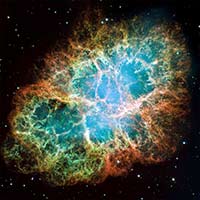
M2
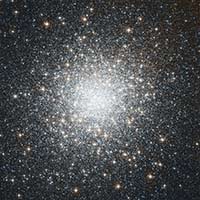
M13
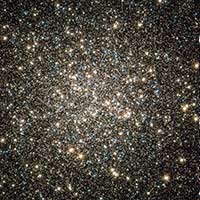
M14
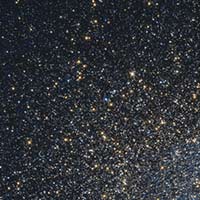
M17
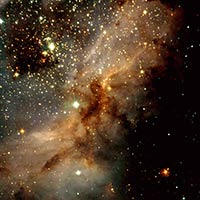
M18
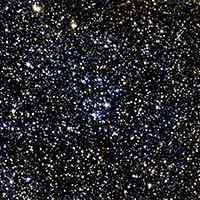
M31
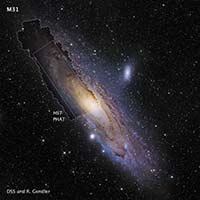
M42
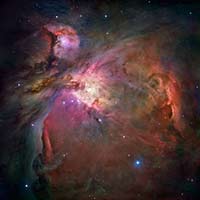
M49
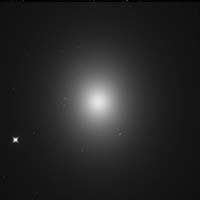
M61
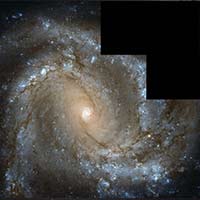
M62
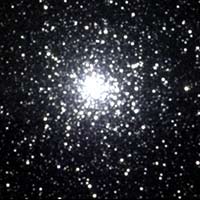
M66
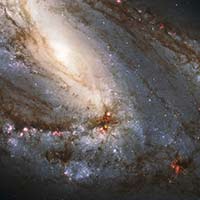
M74
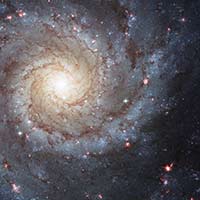
M75
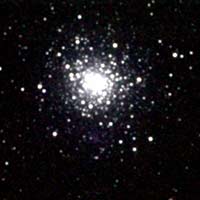
M76
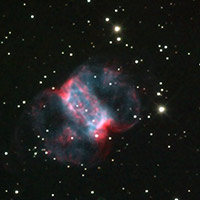
M81
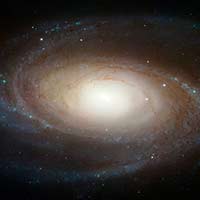
M82
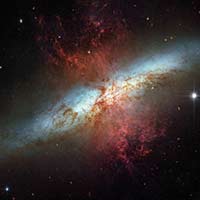
M85
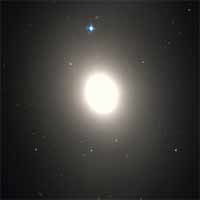
M86
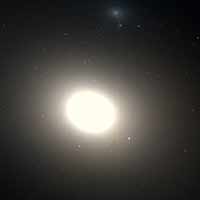
M97
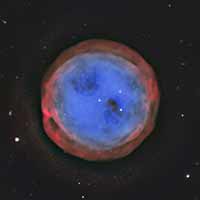
M98
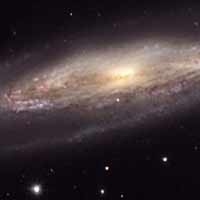
M101
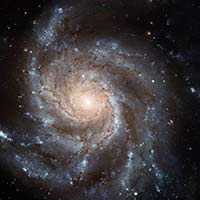
M105
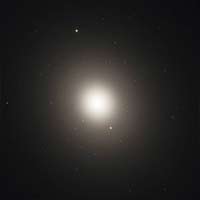
M110
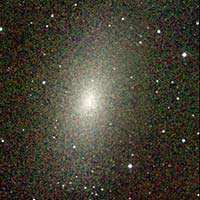
Charles Messier
Born:
1730
Place of Birth:
Badonviller in the Lorraine region of France
Died:
1817
Messier's Observations
First documented observation:
Mercury transit of May 6, 1753
Telescope Used:
100 mm (four-inch) refracting telescope from Hôtel de Cluny